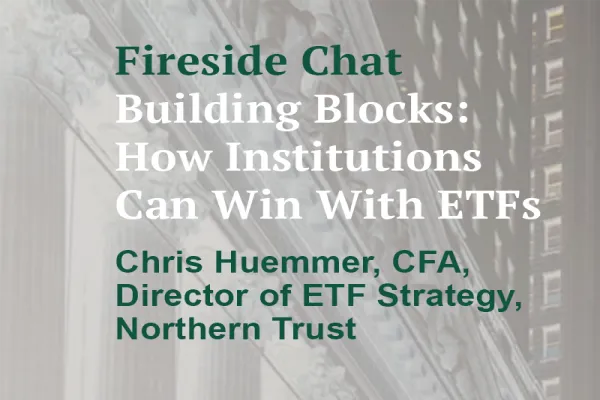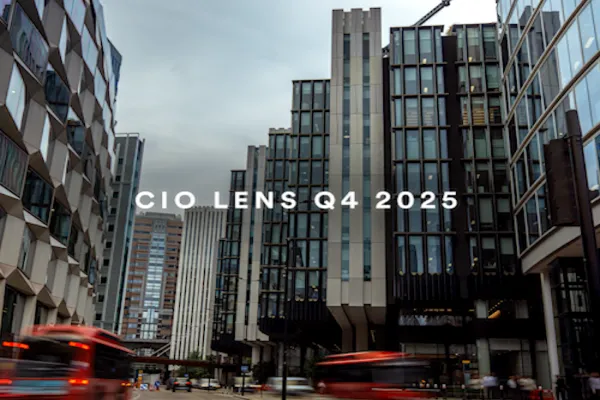Everyone wants to fund what works. But in women’s health, the real question is: who moves before the market agrees it’s working? This is the final installment of our capital chain series. In Part 1, we traced how friction at the top of the funnel filters out promising founders and categories before they reach institutional radar. In Part 2, we examined how the retreat of public funding has eroded the early signals capital relies on to validate risk.
Now we arrive at the inflection point: Series A and B.
This is where institutional capital typically expects clarity; clinical data, market readiness, and a signal that someone else has de-risked the science. But in women’s health, those signals often do not arrive. Not because the companies aren’t progressing but because the validation layers that used to feed the pipeline e.g. public grants, translational studies, pilot programs have eroded.
And when those signals disappear, the capital chain doesn’t just pause. It collapses.
Redefining Conviction for Institutional Capital
Conviction is one of the most overused words in venture. But in the institutional context, conviction isn’t a feeling. It’s a framework. It’s the decision to allocate real capital at the moment when the market might still see ambiguity.
In women’s health, that moment is at Series A or B.
It’s the point when early believers; angels, family offices, research grants have done their part. The science is progressing. The problem is clear. The category is emerging. But the exit path still looks uncertain, and traditional benchmarks don’t fit. That’s when institutional capital has to decide: Will we move without the traditional signals like large comparative trials, FDA-blessed comps, or reimbursement already in motion?
In women’s health, conviction at Series A/B isn’t just about underwriting a company. It’s about defining a category before the category exists.
In women’s health, the science is often there. The demand is overwhelming. What’s missing is the pattern recognition investors are trained to rely on. And that’s where conviction comes in, not as a leap of faith, but as a willingness to build the benchmark others will follow.
What Happens Next When Institutions Go First
Below two examples show what happens when institutional capital decides to lead, not wait.
Maven Clinic: Turning Belief Into Benchmark
When Maven Clinic raised its Series A in 2017, founder Kate Ryder described the process as a “bloodbath”. 40 VCs had passed before the company secured its Series A. Many of those were traditional VCs unfamiliar or uncomfortable with women’s health as a standalone venture category[1]. That changed at Series B, when Sequoia Capital and Oak HC/FT came in as lead investors[2]. These weren’t niche funds, but institutional bellwethers. Their decision to back Maven didn’t just validate the company, it signalled to the entire market that women’s and family health was now a venture-grade category.
The downstream effect was immediate.
- Large employers signed on.
- Strategic investors took interest.
- Later-stage capital; Dragoneer, Lux, General Catalyst followed with nine-figure rounds.
- By 2021, Maven raised a $110 million Series D and reached unicorn status. It remains one of the most widely backed and well-funded women’s health companies today[3].
Maven’s trajectory shows how institutional conviction at Series B transformed an under-recognized startup into a category exemplar with sustained investor momentum and sustained growth.
Gynesonics: Anchoring Medtech in a Market with No Comps
Founded in 2005, Gynesonics set out to transform fibroid treatment offering a uterus-sparing, incisionless alternative to hysterectomy. But at the time, women’s health devices weren’t a priority for traditional VCs. There were few exits. No blockbuster comps. And fibroids weren’t considered a strategic category.
That changed when Advanced Technology Ventures, InterWest Partners, and Abingworth led the company’s early institutional rounds[4]. These were serious life-science firms with deep expertise in MedTech. Their participation signalled that Gynesonics’ Sonata system wasn’t just novel but was also viable. That signal enabled:
- Entry into FDA trials
- CE Mark clearance in Europe
- Follow-on equity financings from funds like Endeavour Vision, Bain Capital Life Sciences, HBM Partners, etc[5][6]
This long-term institutional support paved the way for insurance reimbursement, scale into U.S. health systems, and ultimately a $350 million acquisition by Hologic in 2024. But that exit didn’t start with the acquisition. It started when a group of institutional investors decided to treat fibroid innovation as investable long before the market agreed.
These stories aren’t anomalies. When institutional capital invests early at Series A or B, it does more than fund innovation. It builds the category.
Institutional investors aren’t ignoring women’s health.
Many believe in the opportunity.
But belief doesn’t equal allocation.
The Risk Perception Trap
Even the most values-aligned allocators often hesitate at Series A/B, not because the companies are weak, but because the validation they are trained to look for isn’t there. There are no comparables. The reimbursement path is slow. And the category itself feels unfamiliar. That hesitation isn’t about logic. It’s about risk perception and the internal dynamics that shape it. In practice:
- Investment Committees want precedent. They wait for other funds to make the first move.
- Limited Partners want pattern recognition. They prefer funds with track records in mainstream sectors.
- Fund managers face agency risk. There’s no downside to passing but there is career risk in being wrong too early.
In other sectors, validation comes from public funding, clinical consensus, or peer-reviewed data. But as we explored in Part 2 of this series, those signals have eroded. In women’s health, investors are now asked to act without the safety net.
And so everyone waits. And nothing moves. But the paradox is this: The longer capital waits for validation, the longer it takes for validation to appear. And in that loop, promising science stalls, not because of bad data, but because no one wants to be first.
What Institutions Must Do Now
In women’s health, the science is advancing. The demand is undeniable. What’s missing is institutional capital with the mandate and mindset to move at the right moment. And that doesn’t just mean venture firms. It includes family offices, endowments, health systems, and LPs - any capital source with the power to set precedent.
The right moment isn’t seed stage. It’s not IPO. It’s the gray zone between belief and proof; Series A/B, where most companies stall not for lack of merit, but for lack of signal. So what does institutional conviction look like in practice?
Three Things Institutions Can Do Now:
- Anchor with intention.
Use co-investment sleeves or thematic allocations to anchor Series A/B rounds in undercapitalized health categories. The signal matters more than the size of the check.
- Adapt the mandate.
Build flexibility into your investment policy so that innovation in emerging categories doesn’t get screened out just because the comps don’t exist yet.
- Treat early conviction as a differentiator.
When you move first in a space others don’t yet understand, you don’t just underwrite a deal. You define the benchmark others will follow.
This isn’t about taking reckless bets. It’s about recognizing when the absence of signals is the market telling you something new is forming. Conviction at Series A/B isn’t a leap of faith. It’s a strategic act of leadership. And it’s the only way the capital chain gets rebuilt.
In Part 1, we exposed how capital filters out what it doesn’t recognize. In Part 2, we showed how the disappearance of public signals leaves private markets flying blind. And now in Part 3, the path forward is clear: if institutions want scalable innovation in women’s health, they can’t wait for the signal. They have to become it. Because in this market, conviction doesn’t follow momentum. It creates it.
Maryann Umoren Selfe is a strategist and investor focused on capital design for the future of health. Through FemmeHealth Ventures Alliance, she explores how overlooked sectors like women’s health become investable.
The views expressed are solely those of the author in their personal capacity and do not constitute investment advice or an offer to buy or sell any financial instrument.
The views expressed by the author do not necessarily reflect the views of Institutional Investor.
Market Intelligence Is Independent of the Institutional Investor Magazine Newsroom.
1 Meet the VC Moms Who Helped Maven Become a Unicorn - Business Insider
2 Press release: Maven raises $27 Million in Series B financing
3 How Much Did Maven Clinic Raise? Funding & Key Investors | Clay
4 Gynesonics Completes $16.5 Million Series B Financing - BioSpace
5 Gynesonics Completes $46 Million Equity Financing - Gynesonics
6 Gynesonics Announces $75 Million Equity Financing - Gynesonics







